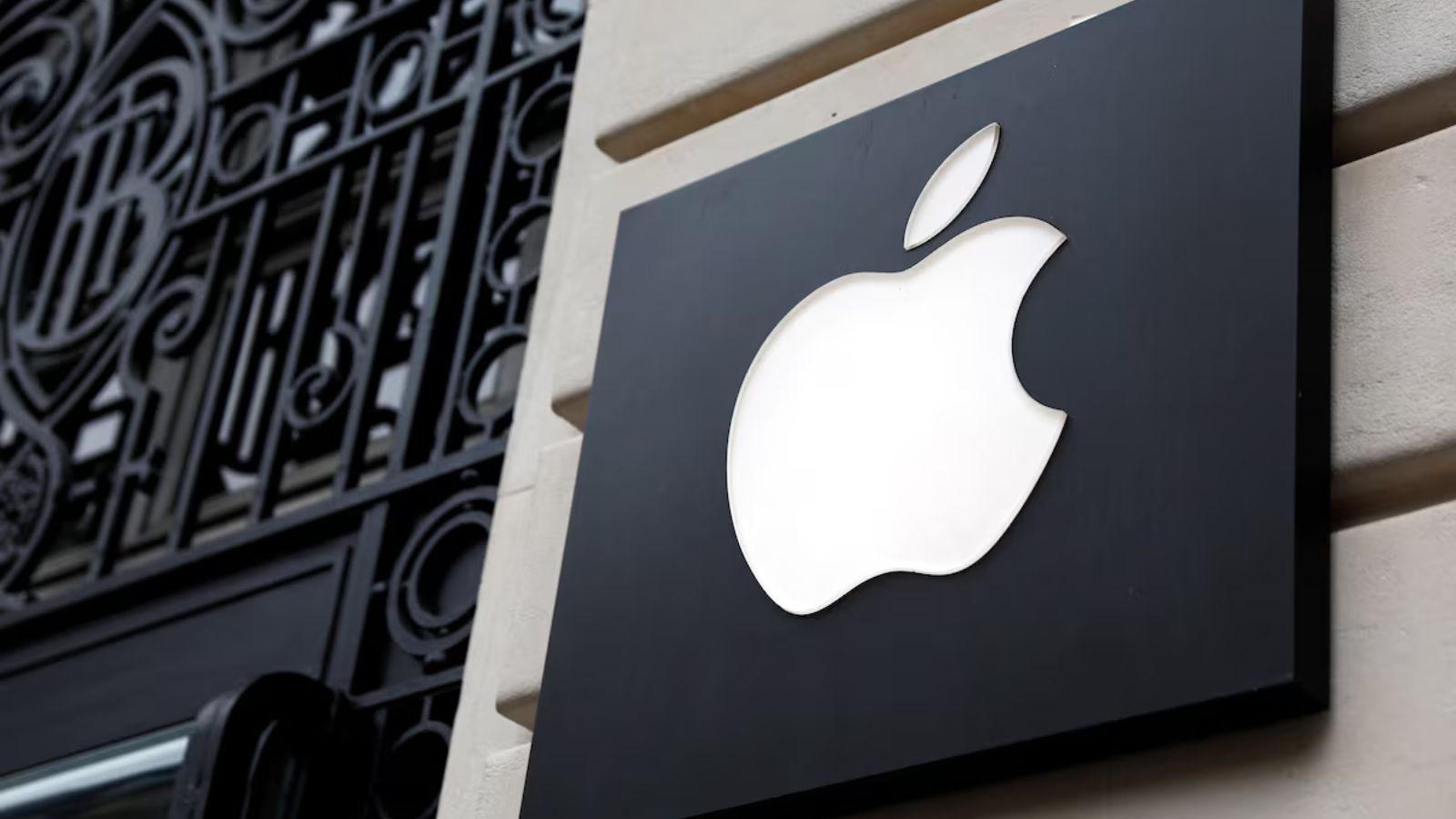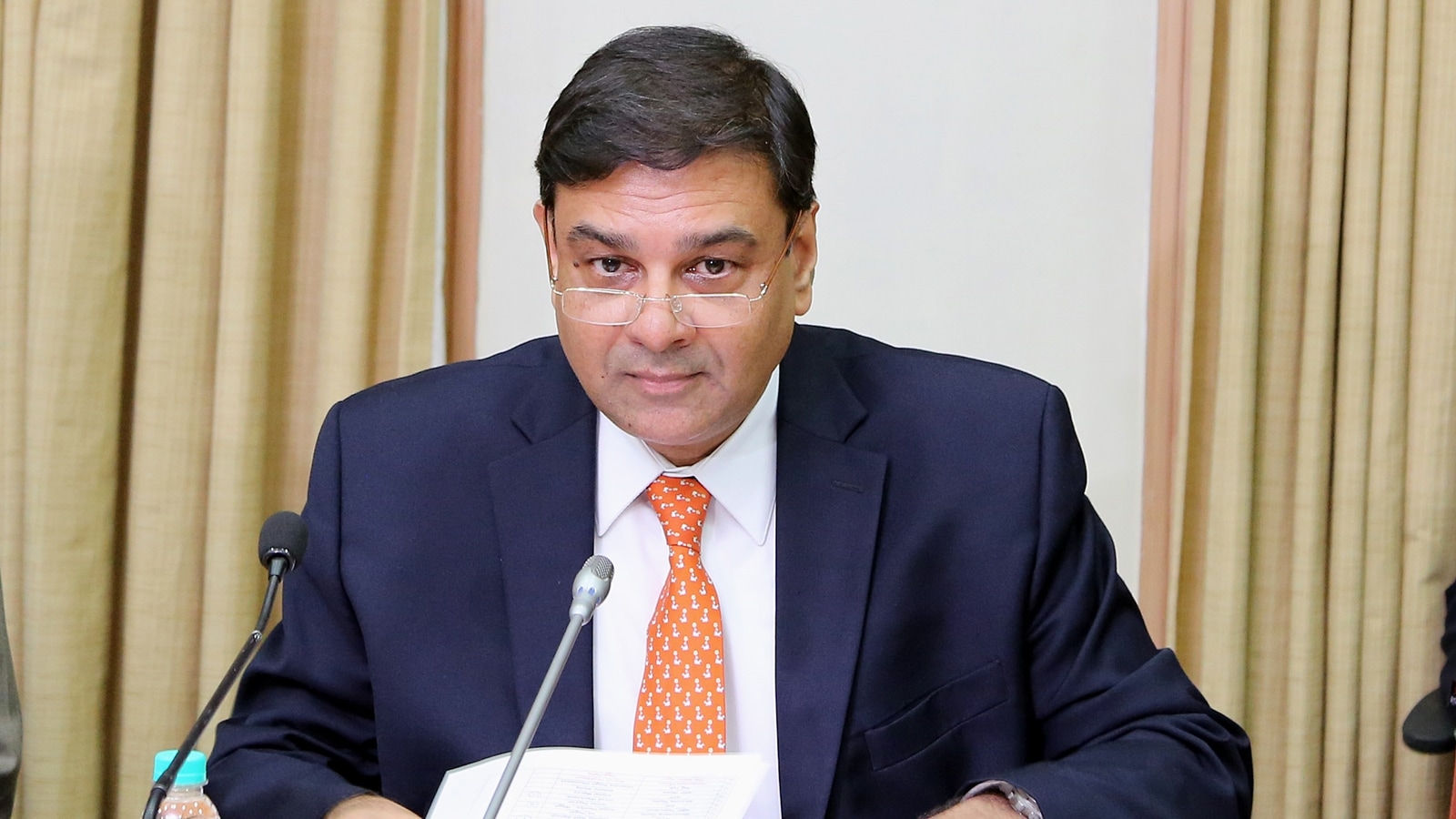
Apple Declares MacBooks Obsolete: What It Means
Apple has made headlines recently by adding several products to its vintage and obsolete list, which now includes the MacBook with Touch Bar and the iPhone 8 Plus. This move comes ahead of the highly anticipated iPhone 17 release, showcasing the ever-evolving nature of technology. While the iPhone 8 Plus will continue to receive some level of manufacturer support, the MacBook models are now considered obsolete, meaning they will no longer be serviced by Apple.
Typically, Apple marks a product as obsolete after it has been out of production for seven years. This indicates that the company will not provide any software or hardware support for these designated products. However, there is a silver lining: depending on the availability of parts, a MacBook may still be eligible for battery-only repairs for up to ten years after its production ends.
The MacBook Air 11-inch was first introduced in 2010, featuring a sleek tapered design. It was a favorite among users for its portability and efficiency. The production of this model ceased in 2016 after numerous updates and improvements over the years. The MacBook Pro models, particularly those with the Touch Bar, signify a significant redesign that Apple launched in 2016, replacing traditional function keys with digital controls.
These obsolete MacBook Pro devices are also reminders of the infamous butterfly keyboard scandal that plagued Apple. Many users reported issues with this keyboard mechanism, leading to a $50 million class-action lawsuit against the company. This controversy highlighted the challenges Apple faced in maintaining its reputation for quality and innovation.
Interestingly, the iPhone 8 Plus, which is classified as a vintage product, is still within the support window, as it has been off the market for more than five but less than seven years. While Apple Stores and authorized service providers can still fix vintage Apple items, they will not receive new operating system upgrades or functionality. This situation emphasizes the need for consumers to stay informed about the lifecycle of their gadgets.
In conclusion, Apple’s recent decision to add these products to its obsolete and vintage list sheds light on the rapid pace of technological advancement. For Indian consumers, keeping up with such changes is essential to ensure that they make the most out of their devices while they can still access support.













